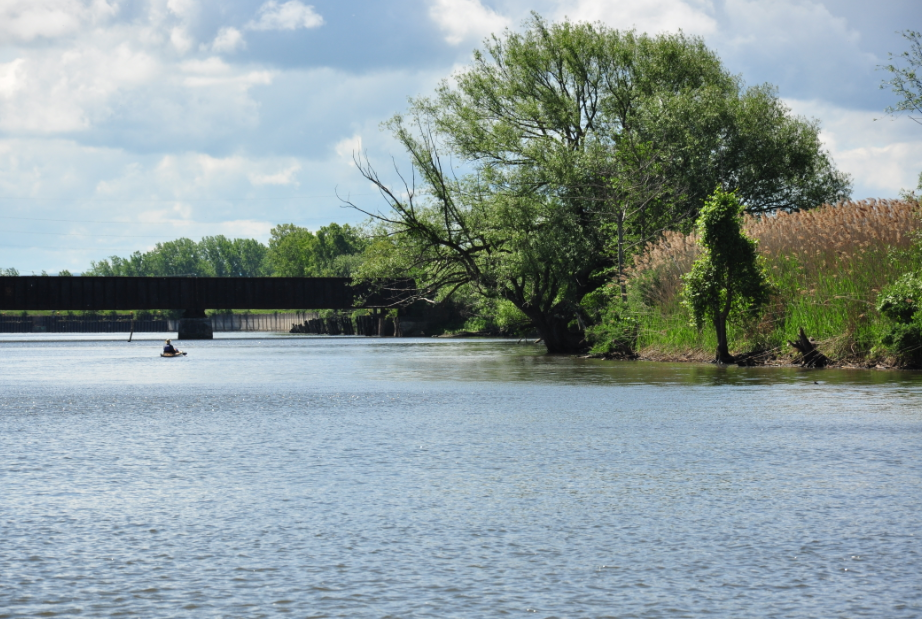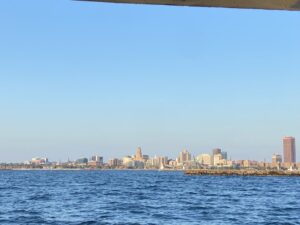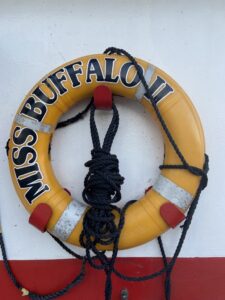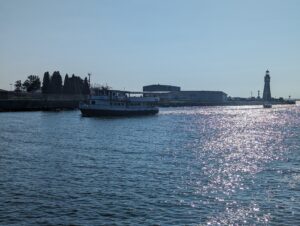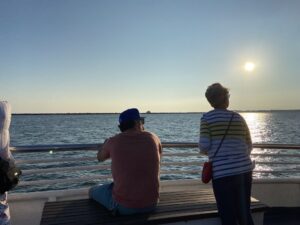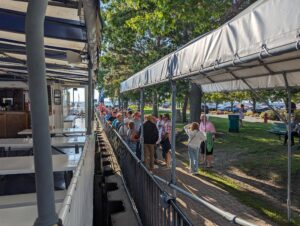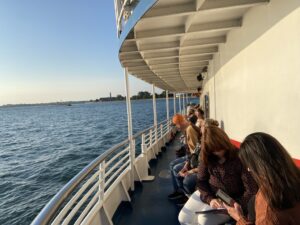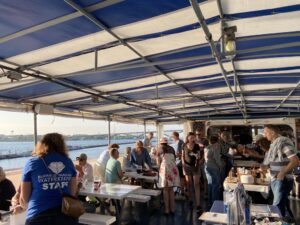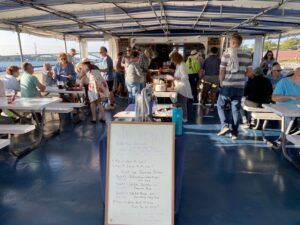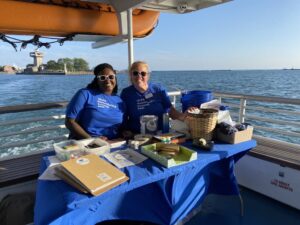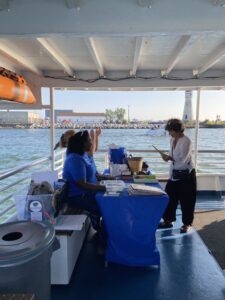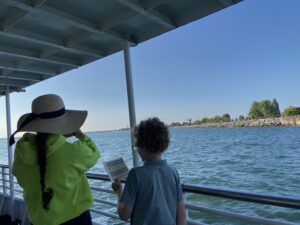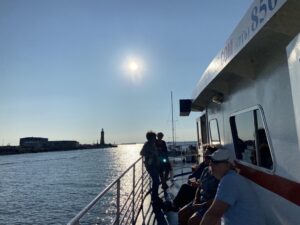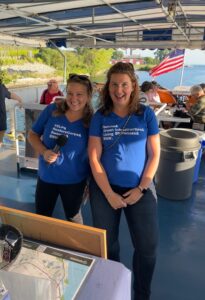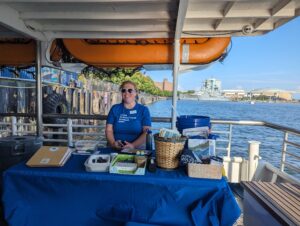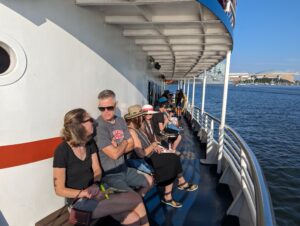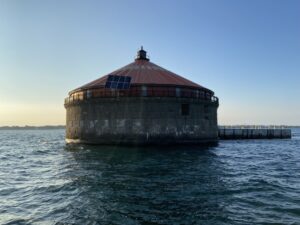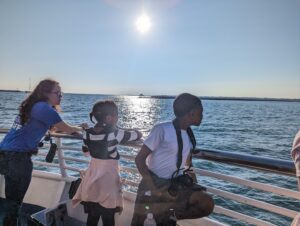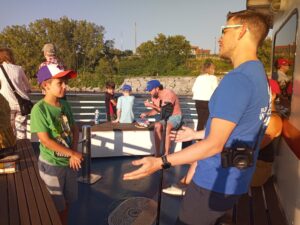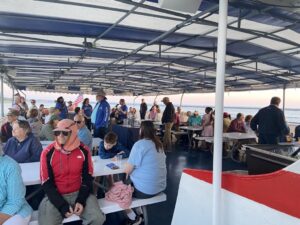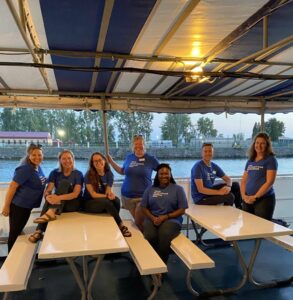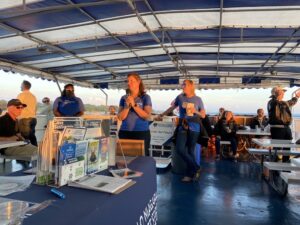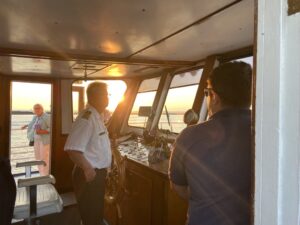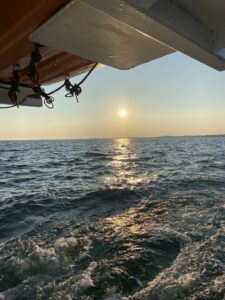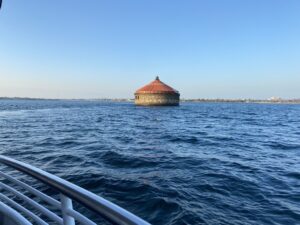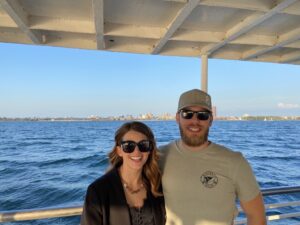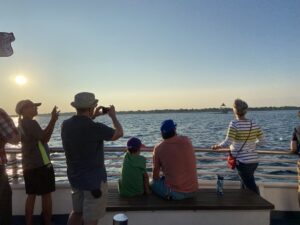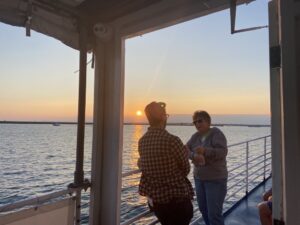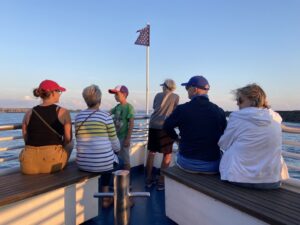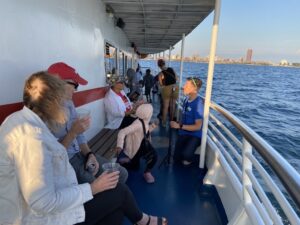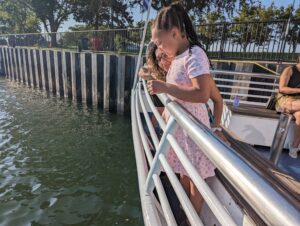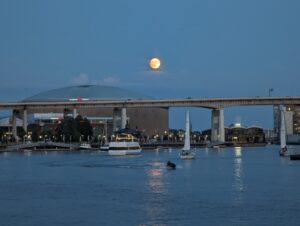The effects of climate change on water resources in Western New York impact what we all care about.
Background
Our region is already experiencing the effects of climate change—trending warmer weather, less ice cover, more erratic weather events, and more frequent and bigger storm events.
These conditions lead to increased stormwater runoff, which result in erosion, flooding, and more sewage overflow into our lakes and rivers. Toxic algae blooms are on the rise, due in part to excessive run-off of nutrient-rich stormwater, and ecosystems and habitats may be permanently altered. New York State is responding to the Climate Crisis with a series of legislative actions like the Climate Leadership and Community Protection Act, and the Environmental Bond Act to name a few.
Buffalo Niagara Waterkeeper is working with local government and community partners to build resiliency to the impacts of climate change, like flooding and erosion, within the WNY and Great Lakes regions. As guardians of New York’s freshwater coast, Buffalo Niagara Waterkeeper works to identify opportunities to enhance community resilience through policy, partnerships, and nature-based solutions.
One effort is the ongoing City of Buffalo Coastal Resiliency Study. It is an assessment of flood risks along the Lake Erie coastline. The project area includes the City of Buffalo waterfront and the lower reaches of the Buffalo River and Scajaquada Creek.
Waterkeeper is continuing to advance coastal resiliency work beyond the City of Buffalo to enhance understanding and public awareness of Western New York’s Lake Erie coastline and nearshore environments and foster stewardship in WNY’s Niagara River/Lake Erie watershed.
Data gathered through Ecosystem Assessment towards the Prioritization of Coastal Resiliency Projects in Lake Erie’s Eastern Basin Communities is contributing to a greater understanding of the state of WNY’s recreational waters to protect human health, inform pollution prevention, and identify potential priority areas for coastal and climate resiliency investments.
Through this project, Buffalo Niagara Waterkeeper undertook a detailed literature review of data and research focused on the Eastern Basin of Lake Erie water quality. The literature review has informed opportunities to expand and develop a more robust water quality and ecosystem monitoring program through additional water quality sampling sites, including offshore water sampling via boat.
Coupled with this additional water quality data, we implemented a shoreline visual assessment tool to identify opportunities for increased coastal resilience efforts. Data gathered through our water quality monitoring program and visual shoreline assessments guide our municipal engagement. Collaboratively, with municipal officials, we will identify potential priority areas for shoreline and coastal resiliency projects.
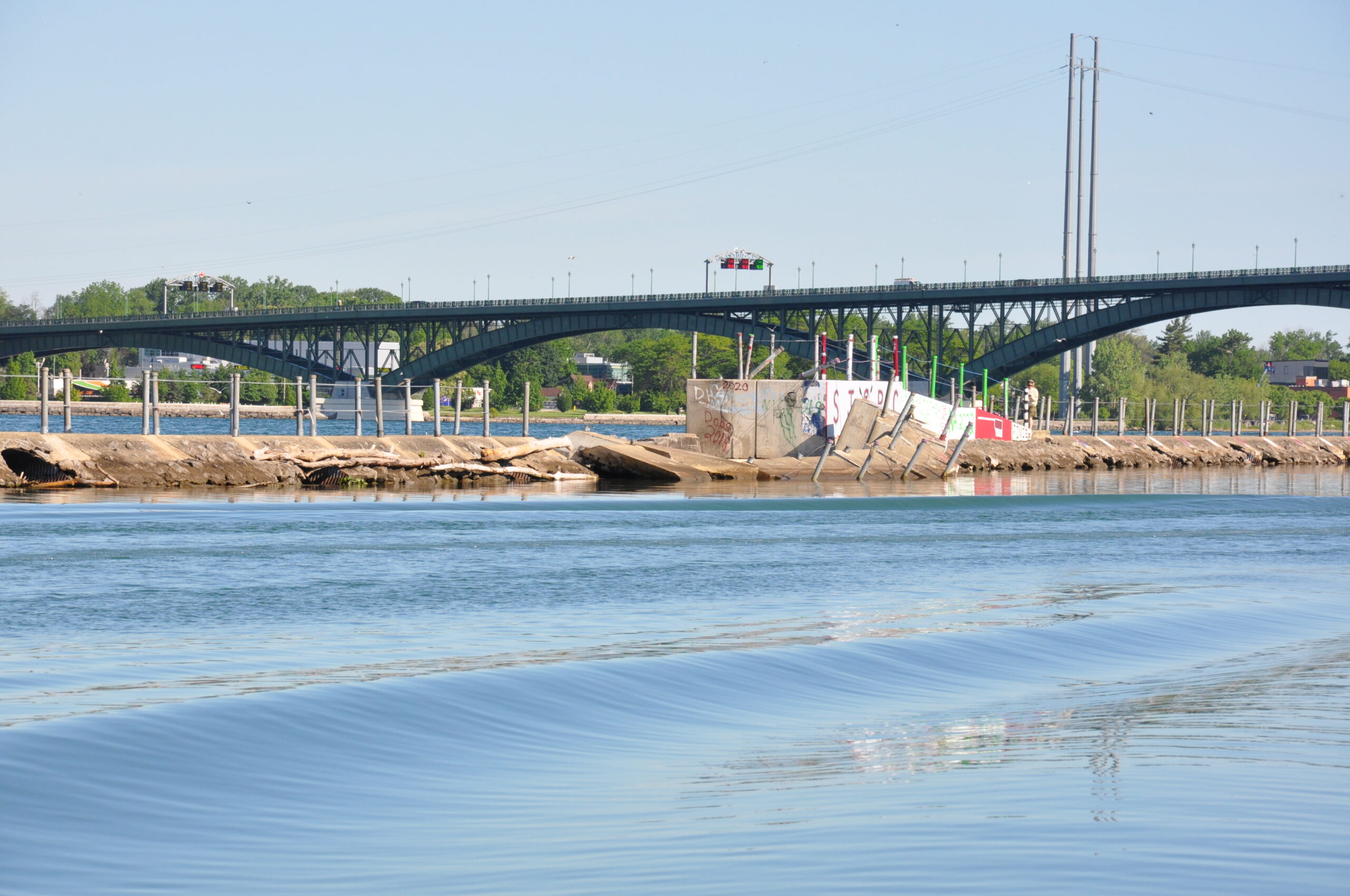
Our Living Shoreline program aims to restore both hardened and degraded shoreline areas to their natural, resilient, and self-repairing form which will better support a sustainable, protective, and higher-functioning ecosystem.
And we continue working to protect the undeveloped headwater forests and wetlands that serve as a filter for drinking water flowing into Lake Erie, the Niagara River, and Lake Ontario. By preserving this critical acreage, the health of the entire region will be protected for future generations. Our Headwaters work details more of our efforts in preserving this important resources.
Cradle Beach
Buffalo Niagara Waterkeeper will lead two companion projects at Cradle Beach to create a resilient shoreline in response to extreme weather impacts and to restore native tree and plant habitat to help improve water quality.
The shoreline project is the critical first step toward long-term resiliency of the Lake Erie coastline along the Cradle Beach property by completing data collection, identifying and assessing design approaches for a stabilized shoreline, and advancing one design through the conceptual phase.
The project will also revitalize the forested wetland there which will benefit both the community and migratory birds that frequent the area. In addition, Buffalo Niagara Waterkeeper will provide educational programming related to the project for the Cradle Beach supported population, including leading a volunteer planting effort, tree planting lessons and permanent educational signage.
Definitions
Climate Leadership and Community Protection Act (CLCPA): NYS legislation signed into law in 2019 that codifies carbon emission reduction standards.
Climate Resiliency: The ability of a community to prepare for, and react to, the impacts of hazardous events, or weather patterns related to climate change.
